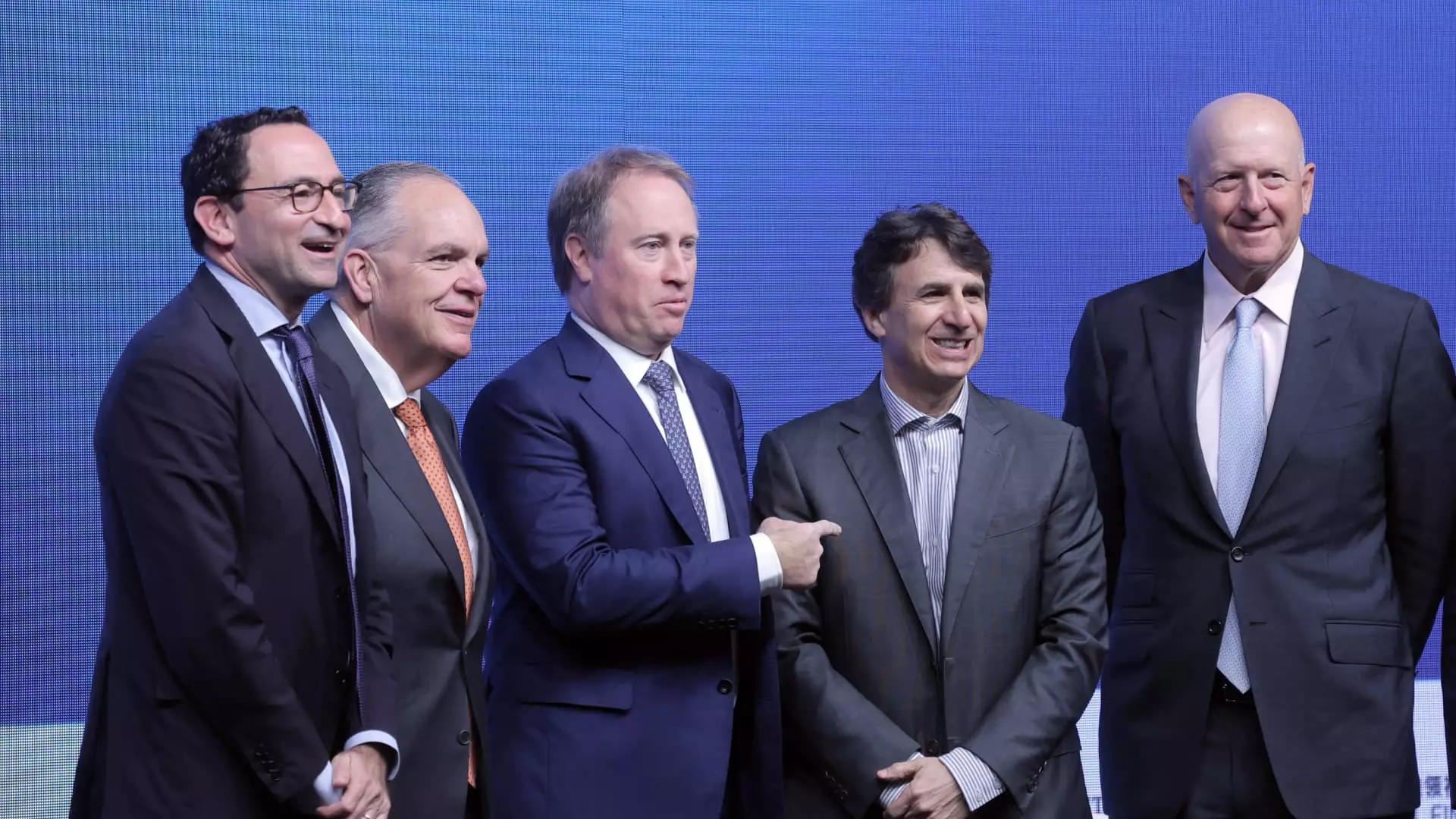The landscape of American industry is undergoing a significant transformation, often termed an “industrial renaissance.” This shift, as highlighted by industry leaders at the recent Global Financial Leaders’ Investment Summit in Hong Kong, signals a robust demand for capital on various fronts, including debt and equity. This article explores the implications of this demand and the factors that are propelling the U.S. economy forward into a new era of growth, driven by government initiatives and private sector investment.
A crucial catalyst for the evolving economic scenario is the extensive government spending enacted in recent years. Major financial injections into infrastructure projects, the semiconductor industry, and initiatives under policies like the Inflation Reduction Act have set the stage for a fertile ground for capital demand. As Marc Rowan, CEO of Apollo Global Management, elaborated at the summit, the extraordinary demand for capital is juxtaposed against the backdrop of significant government deficits, hinting at the delicate balance policymakers must navigate.
The CHIPS and Science Act, along with the 2021 infrastructure legislation, is reshaping the funding landscape. These legislative milestones require billions in financing, which, in turn, is attracting both domestic and foreign investments. Notably, the United States has emerged as a prime destination for foreign direct investment, an indicator of its economic resilience and potential for growth.
As industries evolve, specific sectors are emerging as focal points for capital investment. Energy and digital infrastructure, particularly data centers, have been identified as critical growth areas by various speakers at the summit. The surge in artificial intelligence and digital transformation further underscores the necessity for robust infrastructure capable of supporting these technologies.
Jonathan Gray, President and COO of Blackstone, emphasized the prominence of data centers in his firm’s investment strategy, indicating a broader recognition of the potential embedded in this sector. Billions are being allocated towards the development of digital infrastructure, reflecting a wider shift towards a digitally-driven economy that prioritizes connectivity and data management capabilities.
The discourse at the summit also touched on the recovery trajectory of capital raising activities. After experiencing unprecedented levels of capital mobilization in 2020 and 2021, the market faced complications posed by geopolitical tensions, rising inflation, and regulatory shifts. This volatility led to a notable slowdown, yet indicators suggest a rebound as conditions stabilize.
David Solomon, chairman and CEO of Goldman Sachs, pointed out that while the preceding years were marked by drastic fiscal stimulus, the current environment appears more conducive to recovery. Expectations surrounding an accommodating regulatory climate under the anticipated Trump administration add an optimistic lens to the capital-raising outlook. The sentiment is further bolstered by signs of economic health among consumers and corporations, as emphasized by Morgan Stanley’s Ted Pick, signaling readiness to re-enter capital markets.
The confluence of favorable economic indicators, increasing corporate stability, and robust governmental support portends a promising future for capital raising. Industry leaders predict an uptick in mergers, acquisitions, and general capital mobilization, aligning with the characteristics of a thriving economy. These projections offer a roadmap for financial institutions and investors looking to capitalize on emerging opportunities.
As highlighted by the discussions at the summit, the landscape for capital raising is set to transform positively. Both established and nascent players in the capital markets should prepare for a revitalized environment that facilitates growth across sectors, driven by strategic investments and a government framework designed to spur innovation and infrastructure enhancement.
The “industrial renaissance” in the United States is not merely a fleeting trend but a robust reconfiguration of the economic framework. With significant government spending initiatives and the emergence of vital sectors leaning towards digital and energy needs, capital demand is likely to remain high. As industry leaders project a return to vigorous capital-raising activities, it is imperative for stakeholders across the financial spectrum to remain agile and responsive to this evolving economic narrative, positioning themselves favorably for the burgeoning opportunities ahead.

Leave a Reply